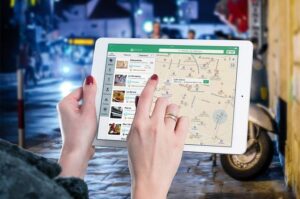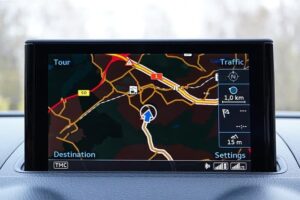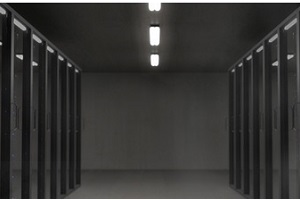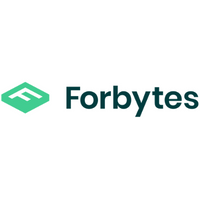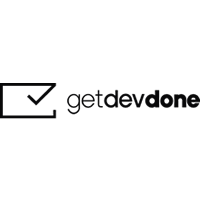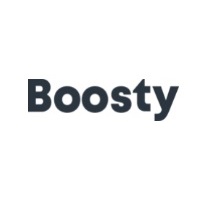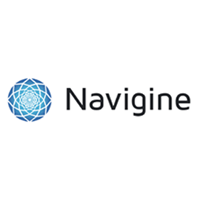Personalized Journeys: Customization Trends in Navigation System and Call Tracking Software
In today’s fast-paced world, where efficiency and convenience are paramount, the integration of personalized experiences has become a cornerstone of technology. This is particularly evident in navigation systems and call tracking software, where the trend toward customization, exemplified by cutting-edge solutions like call-tracking.org, has revolutionized the way we navigate and interact with businesses. This article delves into the evolving landscape of customization trends in navigation systems and call tracking software, exploring how tailored experiences are shaping the way we navigate our physical and digital worlds.
The Rise of Customization Trends
Navigation systems have come a long way from basic turn-by-turn directions. The emergence of customization trends has led to an era where users can tailor their navigation experience to match their preferences and needs. From choosing scenic routes to avoiding tolls and congestion, users now have the power to create personalized journeys that align with their unique requirements. This level of customization not only enhances user satisfaction but also optimizes travel time and fuel efficiency.
Similarly, call tracking software has evolved from a simple means of monitoring calls to a sophisticated tool for enhancing customer interactions. Customization trends in call tracking software allow businesses to tailor their call handling processes. They can route calls based on various criteria, such as caller demographics, purchase history, or geographic location. This ensures that callers are connected to the most relevant departments or agents, thereby streamlining communication and providing a more personalized experience.

Empowering User Control
One of the key elements of customization trends is the emphasis on user control. Navigation systems now offer intuitive interfaces that allow users to easily customize their routes and preferences. Whether it’s selecting alternative routes to avoid traffic or setting specific waypoints, users have the ability to take control of their journeys. This empowerment not only saves time but also enhances the overall travel experience.
Similarly, call tracking software puts control in the hands of businesses. With the ability to customize call routing and tracking parameters, companies can adapt their strategies in real-time. This agility ensures that customer calls are handled efficiently, leading to improved customer satisfaction and loyalty. By enabling businesses to create unique call workflows, customization in call tracking software empowers them to align their communication strategies with their specific goals.
Tailoring Experiences for Businesses
Customization trends extend beyond individual users; they also play a crucial role in helping businesses stand out in a competitive landscape. Navigation systems now offer businesses the opportunity to provide location-based advertisements and promotions to users. This targeted marketing approach not only enhances user engagement but also opens up new revenue streams for companies.
Call tracking software customization is equally vital for businesses. By integrating call tracking with customer relationship management (CRM) systems, companies can gain insights into caller behavior and preferences. This data enables them to tailor their marketing and sales efforts more effectively. Additionally, businesses can personalize their call responses, making each interaction more meaningful and relevant to the customer’s needs.
Challenges and Considerations
While customization trends offer a multitude of benefits, they also come with challenges. Navigation system customization, for instance, requires a balance between user control and simplicity. Overly complex interfaces can lead to confusion and frustration, negating the intended benefits of personalization. Similarly, call tracking software customization must consider data privacy regulations and ensure that user consent is obtained before collecting and utilizing caller information.
In addition, businesses must strike a balance between personalization and automation. While customization enhances the user experience, excessive personalization can lead to information overload. Similarly, businesses must ensure that automated call tracking responses maintain a human touch to avoid coming across as robotic or impersonal.
Conclusion
Customization trends have reshaped the landscape of navigation systems and call tracking software. With an emphasis on personalized journeys and tailored experiences, users and businesses alike are reaping the benefits of technology that adapts to their unique needs. The evolution from basic directions to comprehensive customization reflects the ongoing quest for efficiency, convenience, and meaningful interactions.
As technology continues to advance, the potential for even deeper customization in navigation systems and call tracking software is vast. Striking the right balance between user empowerment, data privacy, and business goals will be key in harnessing the true potential of customization trends, creating a future where each journey—both physical and virtual—is uniquely tailored to its traveler’s needs.

